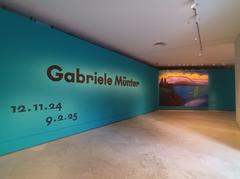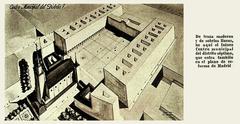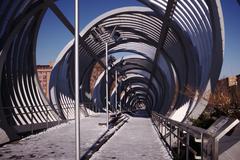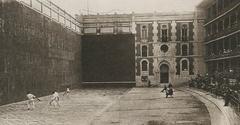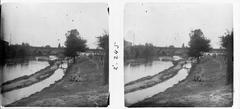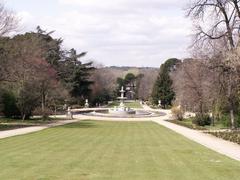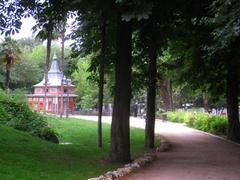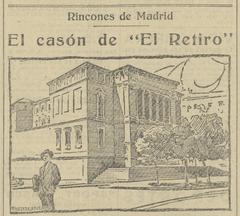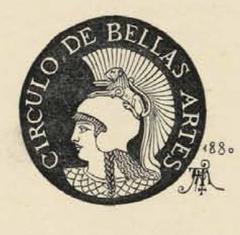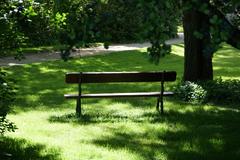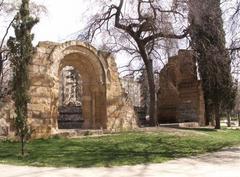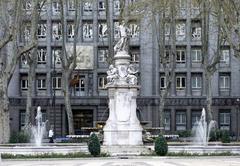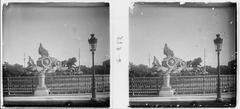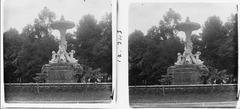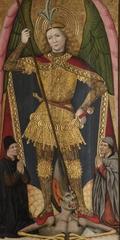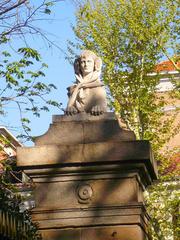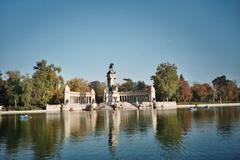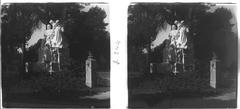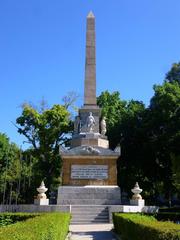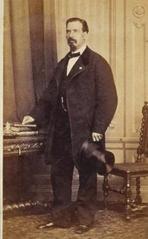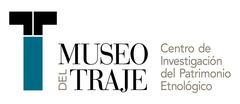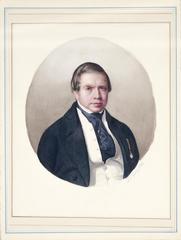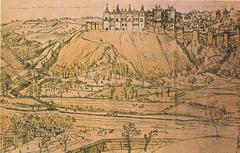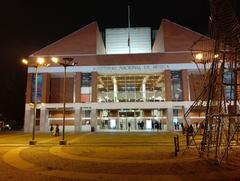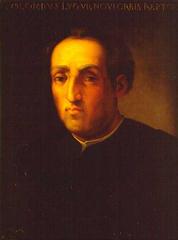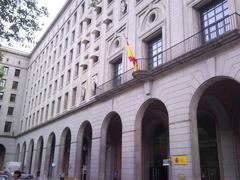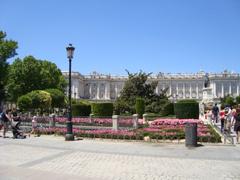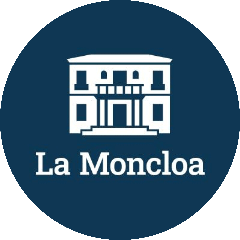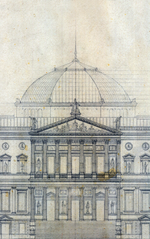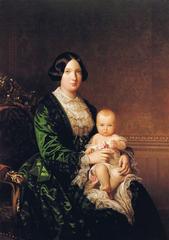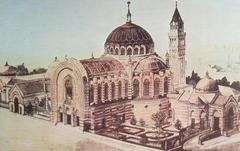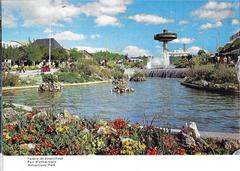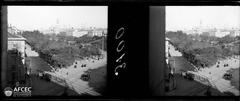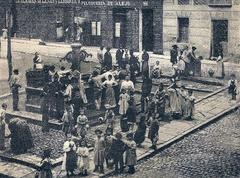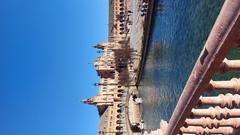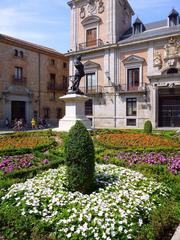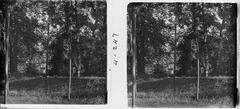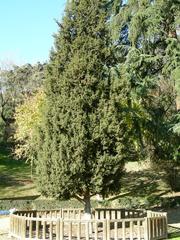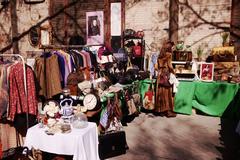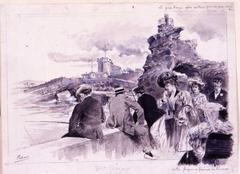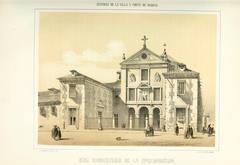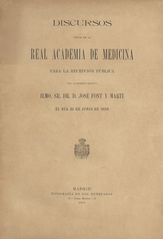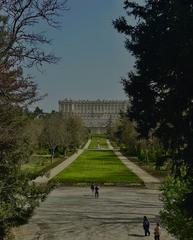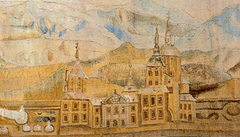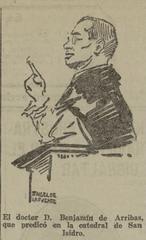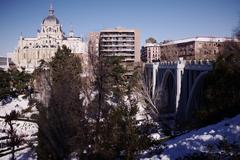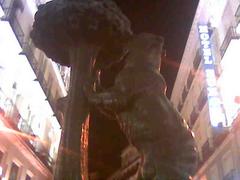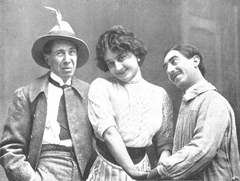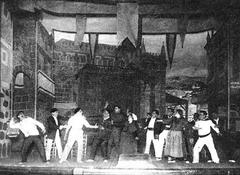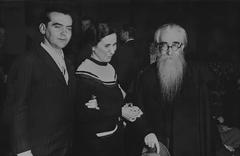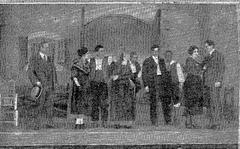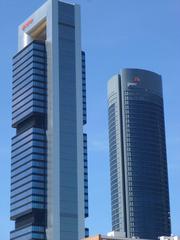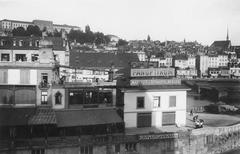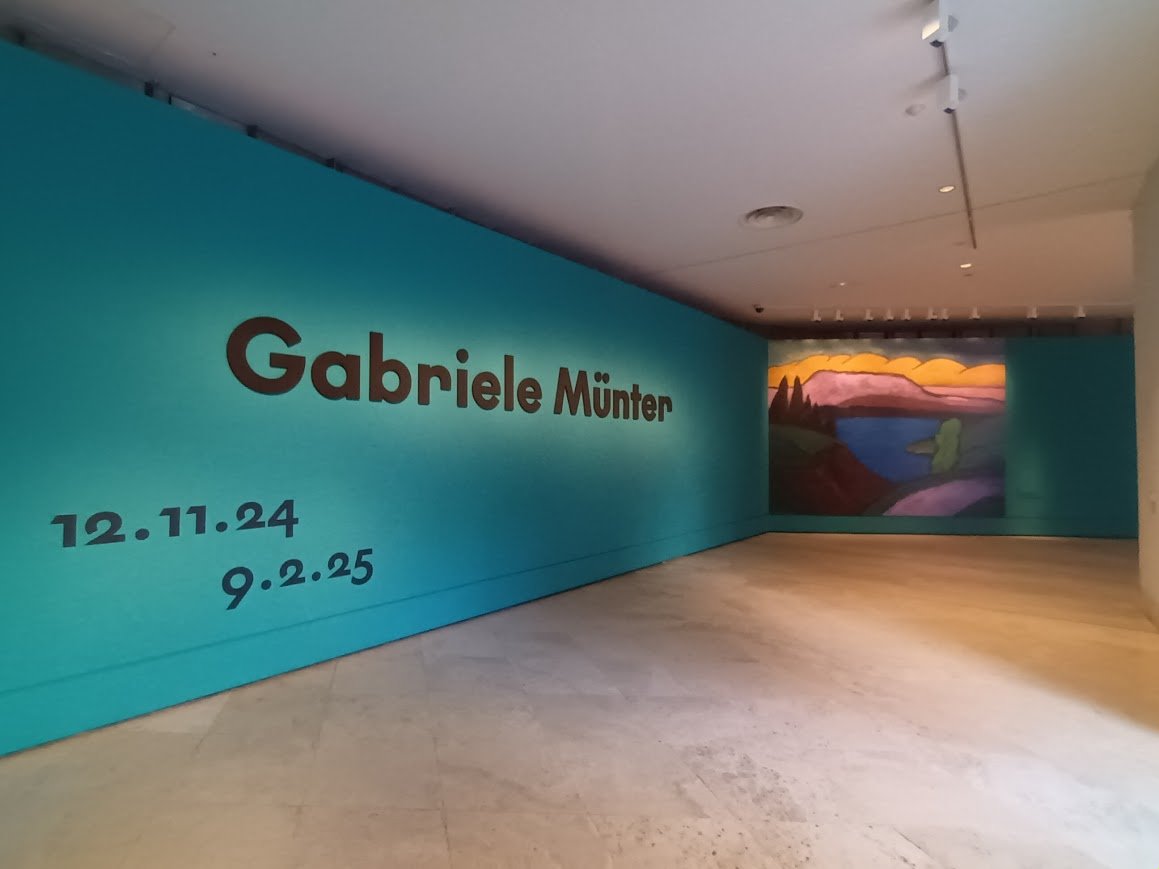
Museo Thyssen-Bornemisza Visiting Hours, Tickets, and Travel Tips
Date: 17/07/2024
Introduction
The Museo Thyssen-Bornemisza in Madrid, Spain, is a prominent cultural landmark, renowned for its extensive and diverse art collection. Spanning over seven centuries, the museum offers an unparalleled journey through the history of Western art. The collection, which includes masterpieces from the Italian Renaissance, Dutch Baroque, German Expressionism, and 20th-century American art, was initially amassed by the Thyssen-Bornemisza family, notable industrialists and art collectors. The museum’s origins date back to the early 20th century when Heinrich Thyssen began collecting artworks. His son, Hans Heinrich, significantly expanded the collection, which eventually found a permanent home in Madrid. In 1988, the Spanish government purchased the collection, and the museum officially opened in 1992 in the Villahermosa Palace, a neoclassical building near the Prado Museum.
Table of Contents
- Introduction
- History of Museo Thyssen-Bornemisza
- The Collection
- Visitor Experience
- Practical Information
- Nearby Attractions
- Conclusion
History of Museo Thyssen-Bornemisza
Origins and Foundation
The Museo Thyssen-Bornemisza traces its origins to the private collection of the Thyssen-Bornemisza family, a lineage of industrialists and art collectors. The collection began with Heinrich Thyssen (1875-1947), a German-Hungarian industrialist, who started acquiring artworks in the early 20th century. His son, Hans Heinrich Thyssen-Bornemisza (1921-2002), greatly expanded the collection, making it one of the most comprehensive private art collections in the world.
In the 1980s, Hans Heinrich sought a permanent home for the collection. After considering several locations, he reached an agreement with the Spanish government. In 1988, the Spanish state purchased the collection for $350 million, formalized in 1993. The museum officially opened on October 8, 1992, in the Villahermosa Palace, a neoclassical building near the Prado Museum.
The Villahermosa Palace
The Villahermosa Palace, the museum’s current home, was originally the residence of the Dukes of Villahermosa, constructed in the early 19th century. Renowned Spanish architect Rafael Moneo led significant renovations to accommodate the art collection, preserving the palace’s historical elements while creating modern, functional spaces for the artworks. The result is a harmonious blend of old and new, providing an ideal setting for the collection.
Expansion and Growth
Since its opening, the Museo Thyssen-Bornemisza has continued to grow. In 2004, the museum expanded its collection with the acquisition of the Carmen Thyssen-Bornemisza Collection, named after Hans Heinrich’s widow. This collection includes over 200 works, further enriching the museum’s offerings. The museum’s expansion also included new galleries and exhibition spaces, allowing for a more comprehensive display of its vast collection.
The Collection
The Museo Thyssen-Bornemisza’s collection spans over seven centuries of art, from the 13th to the 20th century. It includes works from the Italian Renaissance, Dutch and Flemish Baroque, German Expressionism, and 20th-century American art. Notable artists represented in the collection include Jan van Eyck, Albrecht Dürer, Caravaggio, Rembrandt, Vincent van Gogh, and Pablo Picasso.
One of the museum’s unique features is its focus on lesser-known artists and movements, providing a more comprehensive view of art history. For example, the collection includes works by American artists such as Edward Hopper and Georgia O’Keeffe, who are often underrepresented in European museums. This diversity makes the Museo Thyssen-Bornemisza a vital resource for art historians and enthusiasts alike.
Visitor Experience
Visitors to the Museo Thyssen-Bornemisza can expect a rich and immersive experience. The museum’s layout is designed to guide visitors through the history of Western art, with each gallery representing a different period or movement. The museum also offers audio guides, guided tours, and interactive exhibits to enhance the visitor experience.
In addition to its permanent collection, the museum hosts temporary exhibitions that explore various themes and artists. These exhibitions often include works on loan from other prestigious institutions, providing visitors with a unique opportunity to see rare and significant artworks.
Special Events and Guided Tours
The museum frequently hosts special events, including art workshops, lectures, and themed tours. Guided tours are available in multiple languages, offering deep insights into the collection and its historical context. Check the museum’s website for the latest schedule and availability.
Practical Information
Opening Hours
- Tuesday to Sunday: 10:00 AM - 7:00 PM
- Monday: Closed
- Extended hours: Weekends and holidays
Tickets
- General Admission: €13
- Reduced Admission: €9 (students, seniors)
- Free Admission: Children under 18, disabled visitors
- For the latest information on ticket prices and to purchase tickets online, visit the official Museo Thyssen-Bornemisza website.
Travel Tips
- Arrive early to avoid long lines and to have ample time to explore the extensive collection.
- Consider purchasing tickets online in advance to save time.
- Take advantage of the museum’s audio guides and mobile apps for a more enriched experience.
Nearby Attractions
The Museo Thyssen-Bornemisza is part of Madrid’s “Golden Triangle of Art,” which also includes the Prado Museum and the Reina Sofia Museum. Visitors can purchase a combined ticket, known as the “Paseo del Arte” pass, which provides access to all three museums at a discounted rate. This pass can be purchased online or at any of the participating museums.
In addition to the nearby museums, the Thyssen-Bornemisza is located close to several other notable attractions, including the Retiro Park, the Royal Botanical Garden, and the historic Puerta del Sol. These sites offer additional opportunities for exploration and relaxation, making the area around the museum a vibrant and culturally rich destination.
Conclusion
The Museo Thyssen-Bornemisza stands as a testament to the transformative power of art and its enduring cultural significance. From its humble beginnings as a private collection to its current status as a world-renowned museum, it has played a pivotal role in enhancing Madrid’s cultural landscape. The museum’s extensive collection, spanning over seven centuries, offers a comprehensive overview of Western art history, making it an invaluable resource for art historians, scholars, and enthusiasts. Beyond its impressive art collection, the Museo Thyssen-Bornemisza contributes significantly to the local and global art communities through its educational programs, international collaborations, and commitment to sustainability. Its accessibility initiatives and community engagement programs further underscore its dedication to inclusivity and cultural enrichment. For visitors, the museum provides a rich and immersive experience, enhanced by guided tours, interactive exhibits, and special events. The Museo Thyssen-Bornemisza is not just a repository of art; it is a vibrant cultural institution that continues to inspire and educate, ensuring its lasting impact on the world of art and beyond. For more information, visit the official website.
References
- Museo Thyssen-Bornemisza. (2023). https://www.museothyssen.org/en
- Explore Museo Thyssen-Bornemisza - Visiting Hours, Tickets, and Cultural Impact in Madrid. (2023). https://www.museothyssen.org/en
- Visiting Museo Thyssen-Bornemisza - History, Tickets, and Visitor Information. (2023). https://www.museothyssen.org/en
- Museo Thyssen-Bornemisza - Visitor Tips, Tickets, and Practical Information for 2024. (2023). https://www.museothyssen.org/en
